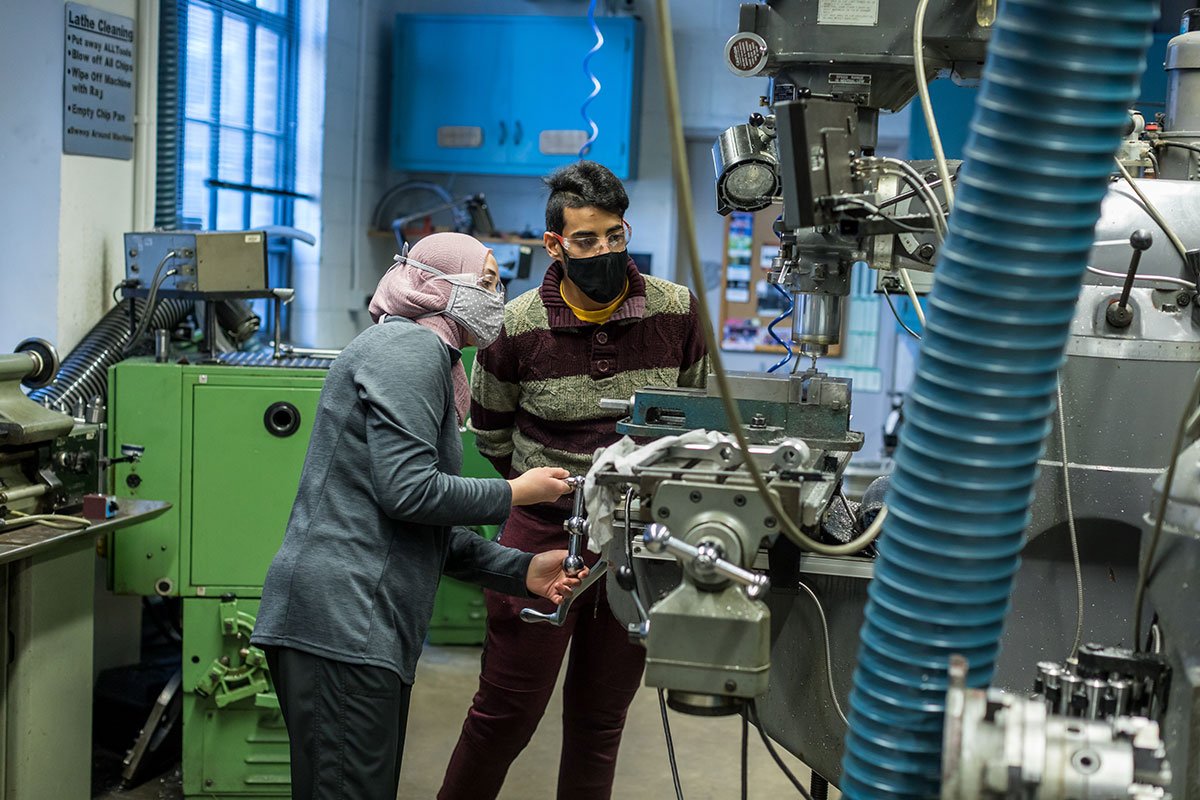Driven campaign roundup
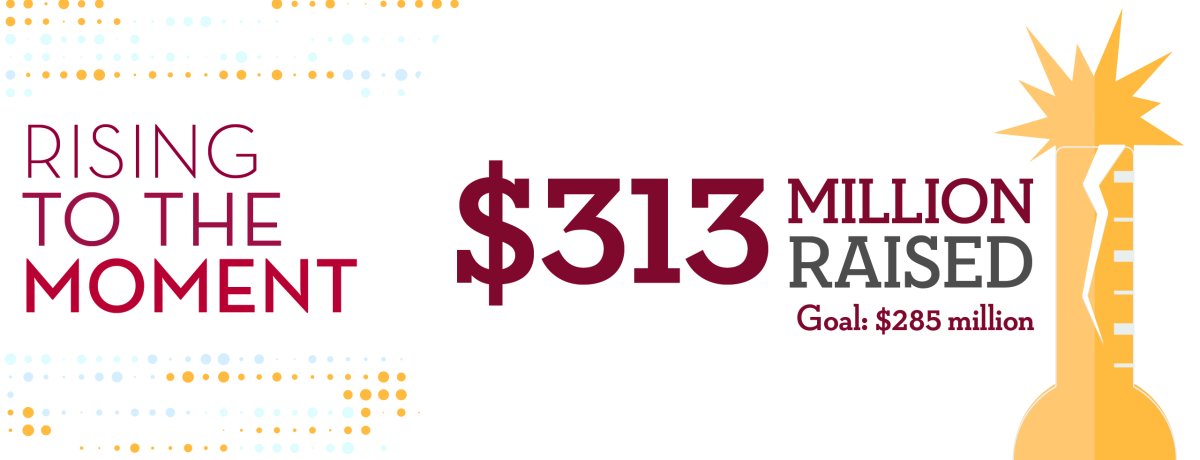
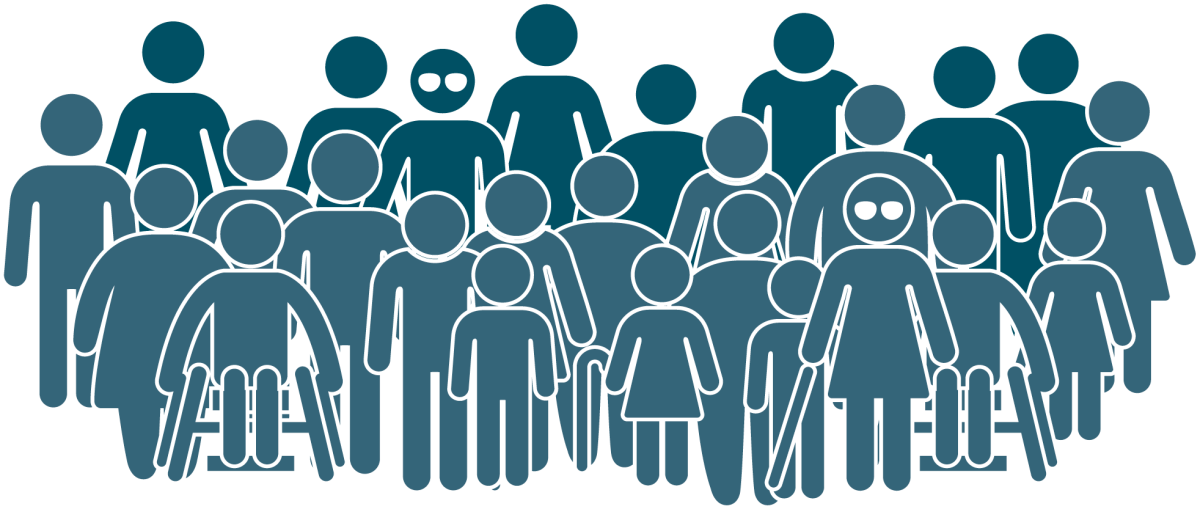
Progress
From FY2012 to FY2021, CSE has made leaps and bounds in the following categories:
What you made possible annually...
Your support has allowed us to
- Open CSE to more students by dramatically increasing undergraduate scholarship support from $1.6 Million in FY12 to $2.7 Million in FY21
- Pave the way for ground-breaking research and teaching excellence by investing in faculty—from $2.8 Million in FY12 to $3.2 Million in FY21
- Attract the best and brightest graduate students by increasing fellowship funding—from $1.3 Million in FY12 to $1.7 Million in FY21
- Modernize CSE facilities to meet the need for more scientists and engineers by financing the renovation of over 380,000 sq. ft. of space.
-
Enabled nearly 500,000 children from traditionally underrepresented backgrounds to explore STEM by supporting K-12 outreach.
Jump to different sections:
Donors committed:
$113.7 million
to fellowships and scholarships
$63.8 million
to research
$50.1 million
to faculty support
$43.7 million
to capital improvements
$41.6 million
to strategic priorities and outreach
What are the dean's priorities?

Donors make the dean's priorities a reality
Clifford and Nancy Anderson’s longstanding, unconventional philanthropic engagement covers a wide range of areas in the college
Years before the University of Minnesota’s Driven campaign launched, Clifford “Cliff’ Anderson was already giving back. The 1962 Carlson School graduate has generously shared his money with his alma mater because he values the education that launched his career. Anderson served as president of Crown Iron Works Company until he retired in 2008. His gifts to CSE are broad and diverse—the result of a longtime interest in engineering and regularly asking the dean how he and his wife, Nancy, can help.
“I’m very much interested in helping the education of engineers beyond the blackboard and lecture. Our economy needs engineers who can work with others and who have broad perspective...”
—Cliff Anderson, in summer 2019 (for an Inventing Tomorrow article about investing in CSE)
Impact on Students

Your gifts doubled the number of endowed scholarships to 345 and increasing annual award by 138%.
“I would not have been able to go to the University of Minnesota without the 3M Diversity Scholarship. It has allowed me to explore my options and expand my network so I could figure out what’s best for me as a potential career.”
—Governess Simpson, industrial and systems engineering ’22; computer science minor
Anonymous donor leaves quiet legacy
$15 million bequest will create CSE’s largest scholarship endowment
An alumnus of two CSE departments and two colleges at the University of Minnesota has never forgotten the generous scholarship he received in his undergraduate years. During the Driven campaign, he fulfilled a lifelong ambition to help more engineering students in generations to come.
His $15 million bequest will create the largest scholarship endowment in CSE, and one of the largest at the University. This gift will fund tuition awards for four years of undergraduate study in any CSE or UMD engineering program.
After a long career that left him with assets far beyond his imagination, he is proud that he can leave such a legacy when he is gone. In a letter to his future scholarship recipients, he urges his scholars to consider creating, in their own financially fruitful years, a scholarship for future University of Minnesota students just as he has done for them.
“Engineering is far from the easiest path in life, but the rewards can be great,” he wrote. “The curriculum is difficult, and engineers often must live in challenging places and make other sacrifices. Engineering jobs are often in competition with jobs in other parts of the world, also. I have always felt that there should be an extra inducement for young people to enter this important profession. This is the reason that I have established this scholarship fund.”
Impact on Facilities and Infrastructure

Over 10 years, you invested more than $43.7 million on improvements to our college facilities.
Here are highlights:
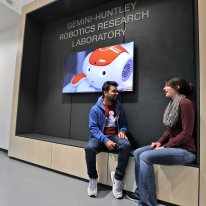
Gemini-Huntley Robotics Research Laboratory
Donors: Funded in part by Gemini Inc. founders James (CivE ’56) and Sharon Weinel + CEO Frederick Oss and his wife, Siri Weinel Oss
Description: The 20,000-sq.-ft. overhaul turned the once-drab 1970s-era building into an airy, naturally lit home for the Minnesota Robotics Institute, Solar Vehicle Project, and nine flexible labs for faculty and grad students.
Completed: 2019
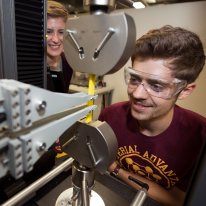
Gore Annex
Donors: Funded in part by Robert (ChemE Ph.D.’63) and Jane Gore
Description: This 40,000-sq.-ft. addition to Amundson Hall included research facilities such as the world’s first FEI ultrafast electron microscope lab and the Valspar Materials Science and Engineering Lab.
Completed: 2014
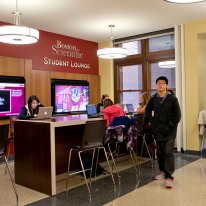
Lind Hall *
Donors: Funded in part by 14 companies and foundations, including ADC Foundation, Boston Scientific Corporation, Schlumberger, and many individual donors
Description: The first floor was transformed into a hub for undergraduates, including academic advising, tutoring, and career planning.
Completed: 2012
*Another renovation is underway. The second and third floors will serve as home for the Department of Industrial and Systems Engineering, and extra teaching-advising spaces for the Department of Computer Science and Engineering.

Gary J. Balas Atrium
Donors: Funded in part by 32 donors, including a few companies
Description: An old airplane hangar in Akerman Hall was repurposed into labs, offices, and study spaces. Its name honors an AEM department head and Distinguished McKnight Professor who died of cancer at 54.
Impact on Faculty

Your gifts created 17 new endowed chairs and professorships, increasing resources for faculty research, recruitment, and retention by 27%.
Endowed positions help accelerate research and make Minnesota stand out. Here are two examples:
Joseph T. & Rose S. Ling Chair in Environmental Engineering: Paige Novak, CEGE
In 2019, Novak and her grad student helped Fulton Brewery in Minneapolis treat its beer waste and turn the byproducts into energy to fuel its operations. More recently, she’s partnering with the Minnesota Rural Water Association to improve nitrogen removal in wastewater treatment ponds.
Chris Macosko Professorship: David Poerschke, ChemE
Ronald L. and Janet A. Christenson Chair of Renewable Energy: Uwe Kortshagen, ME
Together, they’re studying plasma reactors as a way to more efficiently process titanium ore. If successful, their method could be a game changer for our Iron Range state.
The power of partnership
A gift idea and its impact are maximized when donor and department join forces
As mid-career faculty achieve research and teaching success, other universities take notice and these rising stars are often pursued by other institutions. To retain them, Electrical and Computer Engineering chair Randall Victora set out to fund professorships specifically to support mid-career faculty in his department.
According to him, “mid-career professorships will signal to talented faculty that we value their scholarship, believe in their research, and appreciate their teaching.” When Robert “Bob” Hartmann (EE ’65) learned about Victora’s initiative, he decided to back it—and encourage others to join him.

“Exceptional faculty are the foundation of an exceptional department,” said Hartmann, co-founder of Altera Corporation and holder of seven U.S. patents. “I am a strong believer in supporting these talented people who make our lives better through their research and by teaching our future engineers.”
Hartmann has already created a scholarship and a chair in the department. This time, he will match gifts of $500k to help reach the $1M threshold for the new endowed professorships.
One ECE alumnus has taken advantage of the match, and Hartmann hopes to fund one more professorship with the match. He is excited to talk to fellow alumni who might be interested in this opportunity and share in his commitment to support faculty.
Beyond creating the professorships in ECE, Hartmann aims to show other donors that there are many ways to give. He hopes to inspire other donors to create their own matching gifts.
“Let’s work together,” he said. “This initiative is important because we need to keep the best here in Minnesota.”
Learn more about this match; email Anastacia Davis aqdavis@umn.edu.
Impact on Outreach

Your gifts support programs that spark kids’ interest and imagination.
Find out more about how your efforts have reached younger generations.
“Outreach efforts are often the first experience that kids have with STEM. It opens doors they might never have thought of. I’m a perfect example of this. Going into my junior year of high school, I joined my school’s FIRST Robotics program… then as a student in CSE, I became president of UMN Robotics. In addition to participating in national competitions, we engaged with junior high and high school students—and showed them options to continue their STEM experience into college. I’ve seen first-hand the value of STEM outreach. We have to keep investing in it.”
— Elise (Lohmann) Irvine, chemical engineering ’19, former Ed and Cora Remus Scholar and current advanced project manager at 3M
Impact on Experiential Learning

Your gifts created and sustained hands-on learning beyond the classroom. This includes internships, mentorships, and student organizations.
Going the extra mile
Alumnus links EWB students to $15K, families to cleaner water
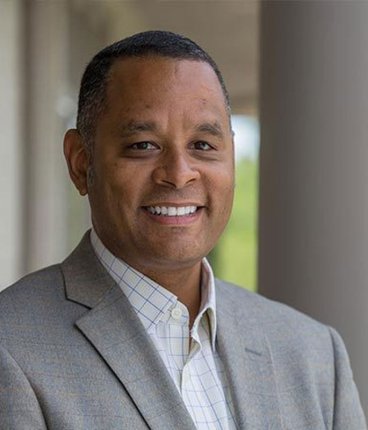
Marcus Thomas (CivE ’94), a member of the Burnsville Rotary Club and CEGE Professional Advisory Board, has been a tireless supporter of the UMN chapter of Engineers Without Borders (EWB). In fall 2020, he helped the student leaders apply for a Small International Projects grant from District 5950, the group of 64 Rotary Clubs located in central and southwestern Minnesota.
Thomas collaborated with them to write, review, and revise the grant application. Additionally, he went the extra mile by contacting other local Rotaries to secure partnerships and funding commitments, which were essential to have in place before applying for the grant. He also worked with the students on a series of presentations—one of which was to the Rotary Grants Committee.
“I wanted to step up and do this,” said Thomas, who now mentors EWB’s Guatemala project, “because I could see that the missions of Rotary and EWB were aligned, and I knew I could help make it happen.”
The more than $15,000 grant will cover materials to construct a pipe system that would replace hand-dug wells and bring natural spring water year round to 250 people in Chirijuyu, Guatemala. Additionally, EWB will connect with two Rotary “host” clubs in the Central American country as the project moves forward.
“We are so excited about this partnership with Rotary and hope to continue working with them in our efforts to build sustainable water distribution systems,” said EWB vice president Lydia Anshus, CivE ’22.
Find out more about how donors shape well-rounded students.
U of M Solar Vehicle Project
Our team is one of the most decorated in the United States, with 14 cars and over 30 races on three continents. 2021 welcomed Freya—the team’s very first 4-seater! “A huge shoutout to all of our sponsors for helping us make this dream a reality,” the students said on social media.
Tesla Works
2020 marked the 10th anniversary of its most popular activity: the CSE Winter Light Show—a spectacle of 250,000 LED lights synchronized to music. Hear how the students grew into a Twin Cities event for families in the video below.
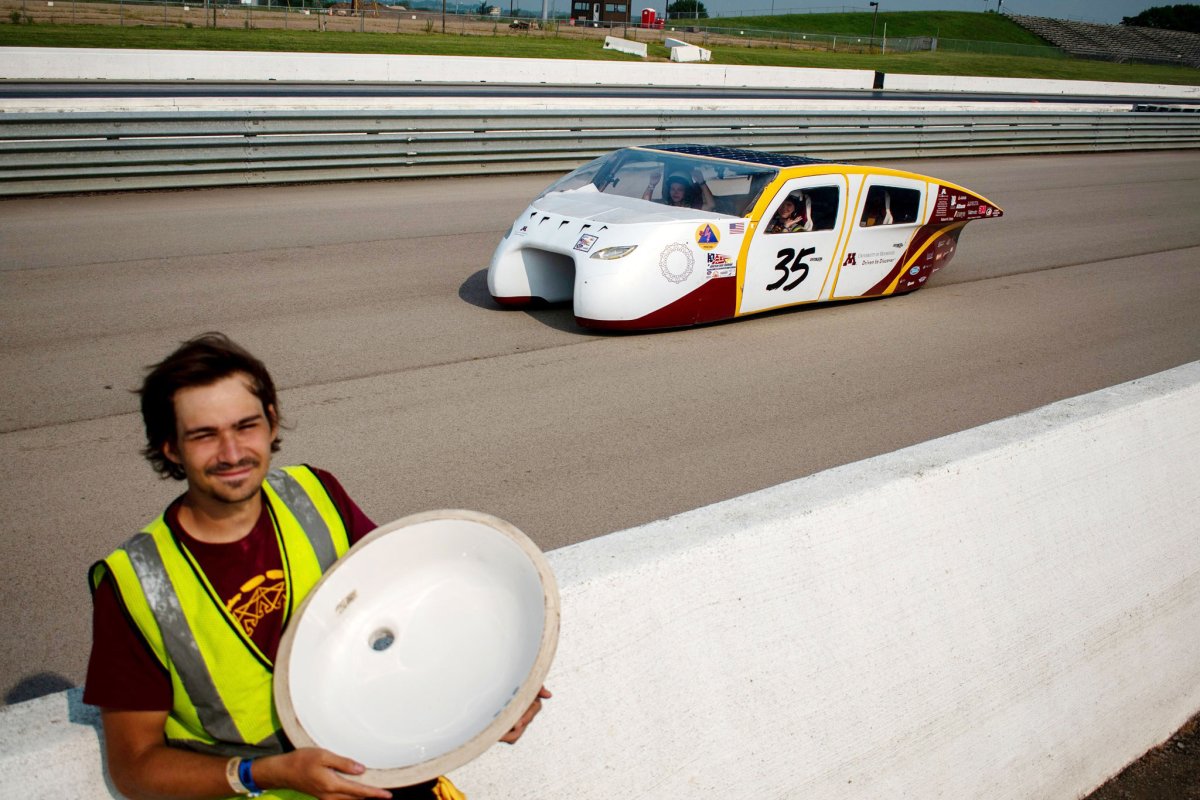
FUN FACT: That’s a counter sink the student is holding—find out why.

